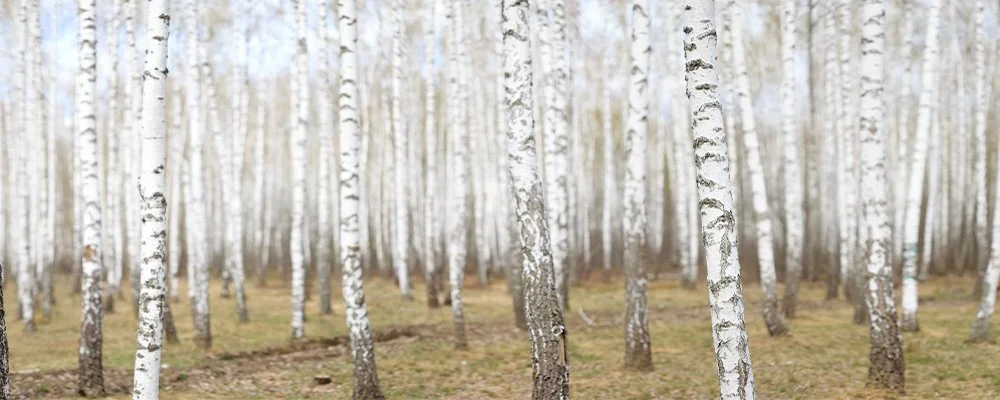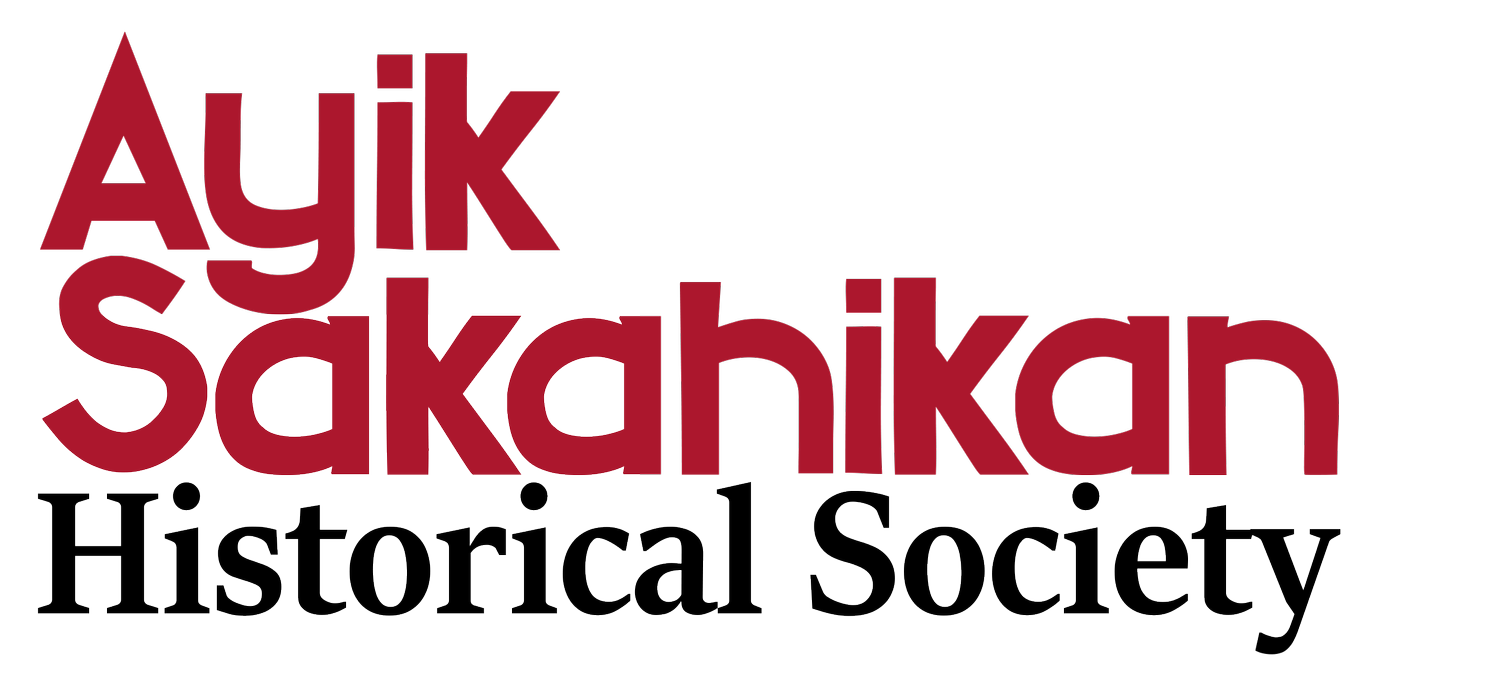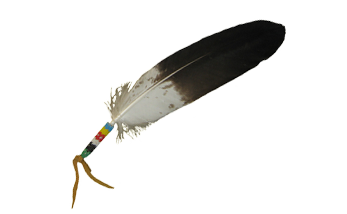Listen
Hear Our Voices
Reclaiming Archives of our Ancestors
to Teach our Digital History
With a $16,000 grant from Library and Archives of Canada, the Frog Lake Library began digitizing, describing and connecting documents, photographs, video and audio recordings to tell a piece of our history.
There are four phases of this project:
Create an inventory, assess, and prioritize items donated to our library that we can access and share with our community and non-community members.
Assessment, research and digitization of historical documents, images, and video recordings was completed. We digitized 253 pages of textual material archived, 3 maps, 6 photos, 20.27 gigabytes of electronic material conversion, and 20 hours and 34 mins of video archiving.Build capacity through conservation and digitization of priority items.
Training of staff and volunteers in digitization was completed via formal training which included archiving and digitization workshops, 23 informal professional training meetings, 6 on the job training on new equipment, and 2 purchases of IT equipment. This training included 3 library staff, 1 university summer student, and 4-8 ongoing community members.Launch a living archive on a Frog Lake website. Indig Design will create, maintain and update the website's information as we continue to add more historical content to the website.
Publish, refine, and evaluate a concise set of histories.
The website will contain a set of 8 videos, 11 photos, and 8 written biographies of 8 different elders from our community, along with other oral history interviews done with 15 current elders and knowledge keepers of Frog Lake First Nation. All the physical copies of this project has lead to the beginning of Frog Lake Family Fonds, which currently has 8 different families.
(In archival science, a fonds is a group of documents that share the same origin and that have occurred naturally as an outgrowth of the daily workings of an agency, individual, or organization.)

Dewey Dion
Lorem ipsum dolor sit amet, consectetur adipiscing elit. Sed semper ante in mauris facilisis, non bibendum lorem suscipit. Donec viverra ipsum vel ligula commodo feugiat. Maecenas euismod risus vel metus tincidunt tincidunt. Quisque tincidunt, tellus vitae interdum euismod, neque mi pellentesque sapien, sed tincidunt mi ligula vitae mi.
Integer ac sapien tortor. Fusce cursus eu diam ac eleifend. Vestibulum sit amet placerat risus. Sed sed facilisis ligula. Ut malesuada sapien vel sem cursus, id dignissim magna fermentum. Nullam aliquet mi et metus tempus iaculis. Phasellus ac felis risus. Integer tristique turpis sed tortor hendrerit hendrerit.
Nulla aliquet, lectus vel convallis feugiat, turpis turpis bibendum enim, et interdum nulla sem ut mi. Pellentesque vestibulum varius dolor, sed tincidunt purus congue sit amet. Sed posuere imperdiet erat sed lobortis. Vestibulum lobortis, nisi sed ornare mattis, mauris dolor cursus libero, at malesuada massa velit in diam.

Margaret Quinney
Lorem ipsum dolor sit amet, consectetur adipiscing elit. Sed semper ante in mauris facilisis, non bibendum lorem suscipit. Donec viverra ipsum vel ligula commodo feugiat. Maecenas euismod risus vel metus tincidunt tincidunt. Quisque tincidunt, tellus vitae interdum euismod, neque mi pellentesque sapien, sed tincidunt mi ligula vitae mi.
Integer ac sapien tortor. Fusce cursus eu diam ac eleifend. Vestibulum sit amet placerat risus. Sed sed facilisis ligula. Ut malesuada sapien vel sem cursus, id dignissim magna fermentum. Nullam aliquet mi et metus tempus iaculis. Phasellus ac felis risus. Integer tristique turpis sed tortor hendrerit hendrerit.
Nulla aliquet, lectus vel convallis feugiat, turpis turpis bibendum enim, et interdum nulla sem ut mi. Pellentesque vestibulum varius dolor, sed tincidunt purus congue sit amet. Sed posuere imperdiet erat sed lobortis. Vestibulum lobortis, nisi sed ornare mattis, mauris dolor cursus libero, at malesuada massa velit in diam.

Peter Stanley
Peter Stanley (bottom right)
Peter Stanley, born on February 28th, 1927 in Frog Lake First Nation, had a life filled with a multitude of experiences. His parents, father George Stanley and mother Agnus (pasquewskwew), provided him with a strong foundation and values that he carried with him throughout his life.
After marrying in Onion Lake, Peter drove a wagon back to Frog Lake. As a farmer, he tended to cattle and horses, which were essential to his livelihood. Additionally, Peter played an important role as one of the first bus drivers in Frog Lake. With a horse and buggy, he transported children to and from school, serving as a reliable connection between the community and education.
Peter also contributed as a councilor for the reserve, utilizing his knowledge of livestock to build and farm fields for the band. His expertise extended beyond farming, as he was often called upon when people got married. They would specifically request him to bring his horse and wagon, even venturing as far as Saddle Lake.
In his free time, Peter enjoyed hunting, trapping, and fishing. He had his own trap-line, which allowed him to connect with nature and provide for his family. Additionally, he showcased his aptitude as a carpenter by helping construct houses and a church in south Frog Lake. Although these structures may no longer stand, they are a testament to his craftsmanship.
Peter's life also intersected with two significant institutions in the community - the Indian residential day school and the Charles Camsel hospital. While he, like many others, was forced into these institutions, he held onto his faith and strength, determined to take care of his family.
Tragically, Peter passed away on January 9, 2013, leaving behind a lasting legacy in Frog Lake First Nation. His contributions as a farmer, bus driver, councilor, hunter, trapper, carpenter, and survivor of institutionalization are a testament to his resilience, dedication, and commitment to his family and community.
Peter Stanley (right)
Peter Stanley (top middle)

Veronica Waskahat
Veronica Waskahat was born in 1939 in the lands of Treaty 6 Territory to her dad, Ambrose Paul, from Kehewin First Nation, and her mother Marie Mason of Onion Lake.
Veronica is a residential school survivor and the matriarch of the Waskahat Clan from Frog Lake Cree Nation. She always believed in wahkotowin first and protected her loved ones always. Veronica is the mother of 12 kids and grandmother to 56 and has numerous capanak.
She's an advocate for nehiyaw culture and Cree laws, and is a living example of resilience.




